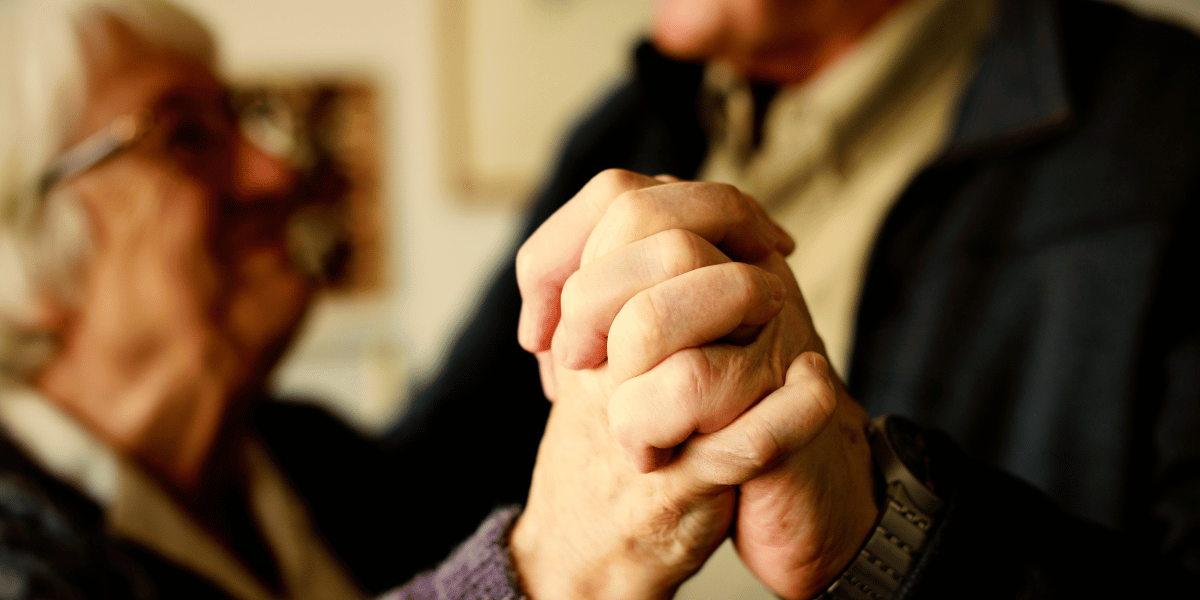HOPE at HOME
HOPE at Home: Compassionate Hospice Care When and Where It Matters Most. We greet you at your front door. At HOPE...

As the end of life approaches, families often struggle with how to provide the best possible care for their loved ones. Hospice care is an option that can provide support and comfort for both patients and their families during this difficult time. Unfortunately, there are many misconceptions about hospice care that prevent families from seeking this type of care. In this blog, we will explore seven common myths about hospice care.
Many people believe that hospice is a physical location, such as a hospital or nursing home. In reality, hospice is a philosophy of care that can be provided in various settings, including the patient's home. Hospice care is focused on improving the quality of life for patients and their families rather than trying to cure patients' illnesses.
While it is true that many hospice patients have cancer, hospice care is not limited to patients with this diagnosis. Hospice care can be provided to patients with any life-limiting illness, such as heart disease, respiratory disease, or dementia. Hospice helps to manage pain and symptoms, as well as provide emotional and spiritual support.
It is important to note that hospice care can be provided in a variety of settings, including the patient's home, nursing facility, or assisted living center.
Hospice care is often associated with elderly patients, but it is not limited to this age group. Hospice care can be provided to patients of any age who have a life-limiting illness. Hospice care offers the same benefits to young patients as it does to elderly patients, including pain and symptom management, emotional and spiritual support, and end-of-life care. Additionally, hospice care often includes support for families of all ages who are struggling with their loved one's illness.
Many people believe that hospice care is only for patients who are actively dying and have a very short life expectancy. In reality, hospice care can be provided to patients who have a life expectancy of six months or less, but the patient does not need to be actively dying to receive hospice care.
In fact, hospice care can help to improve the quality of life. Additionally, hospice care is not a “one size fits all” approach. Patients are assessed on an individual basis to determine the best course of treatment.
Hospice care can be provided in the patient's home, but family members are not required to have extensive healthcare knowledge and technique. Hospice care teams include physicians, nurses, social workers, and other professionals who can provide care, education, and support to the patient and their family.
Additionally, many hospice care programs offer respite care, which gives family members a break from providing care. Respite care can be provided in the patient's home or at an alternate location. In some cases, hospice services may include inpatient care at a facility that specializes in end-of-life care. This allows patients to receive specialized care and support while also giving their family members time to rest.
Medicare, Medicaid, and most private insurance plans cover hospice care. Patients and families should not have to pay for hospice care out of pocket.
Hospice care is not limited to patients who can accept their prognosis. Hospice care teams are trained to provide emotional and spiritual support to patients and families during this difficult time.
Hospice care can also be beneficial to those who are struggling with denial or anger. Hospice care teams provide a safe space for open, honest discussions about end-of-life issues. They are available to help patients and families process their emotions in a supportive environment.
In conclusion, hospice care can comfort and support patients and families during the end-of-life journey. It is important to dispel the myths surrounding hospice care so that families can make informed decisions about their loved one's care.
If you have questions or concerns about hospice care, HOPE Healthcare and Hospice is available to help facilitate family decisions and provide expert care for hospice patients.
Our experienced hospice care team is available to provide emotional, spiritual, and physical support throughout the journey, including medication delivery, medical equipment and supplies, end-of-life resources, and grief support when needed.
No one should go through the end-of-life process without support and dignity; that’s why HOPE Healthcare and Hospice exists. Our mission is simple—to bring comfort and dignity into the lives of those who need special assistance at this challenging time.
If you or someone you know is showing any signs listed above that may indicate it’s time for hospice care, reach out and contact us today! We are here to help you every step of the way.

HOPE at Home: Compassionate Hospice Care When and Where It Matters Most. We greet you at your front door. At HOPE...

Navigating the Five Stages of Grief Losing a loved one is a deeply personal journey, and understanding the five stages of grief—denial, anger,...

At HOPE Healthcare and Hospice, we recognize the powerful and positive effects music can have on hospice patients and families during difficult...